
In a 24-page feature on Judaism in 1955, part of a multi-issue series on world religions, LIFE Magazine introduced the religion’s holidays to readers in order of their spiritual importance. First came the high holy days, Rosh Hashanah and Yom Kippur, followed by Passover (which Charlton Heston would bring to the silver screen the following year) and Simchat Torah (which celebrates the end of the annual cycle of reading the Torah). Fifth on the list, just edging out Hanukkah’s festival of lights, was Purim.
“Purim (February or March) finds the children dancing and dressing up, recalling how beautiful Queen Esther saved the Jews from persecution at the hands of a politician named Haman.” That’s all the real estate the holiday received, accompanied by a black and white photo of a Hasidic man dancing in Jerusalem. Left on the cutting room floor were a number of color photographs made by Alfred Eisenstaedt of Israeli children wearing costumes for the celebration. Some dress as the characters in the Purim story (Esther, no surprise, is a crowd favorite), while others, like one little Lone Ranger, draw from popular culture.
The celebration itself centers around the reading of the Book of Esther, which begins with the Persian King Ahasuerus banishing his wife Vashti for disobeying orders. He arranges a beauty pageant to find a new wife and selects Esther, who keeps her Judaism a secret. Esther’s cousin Mordechai, leader of the Jews, gains Ahasuerus’ favor by alerting him to an assassination plot, but incurs the wrath of anti-Semitic prime minister Haman, who issues a decree ordering all Jews to be killed. Esther valiantly stands up to Ahasuerus, disclosing her true identity and leading to Haman’s hanging on the gallows built for Mordechai.
Purim is a favorite among children, who for just one day are encouraged to indulge in several activities that might otherwise be frowned upon. Dress-up hour is extended to a full-day activity. Cookies are offered up in abundance, their triangular shape conjuring evil Haman’s hat. And noisemakers are distributed, with children instructed to exercise their full vocal capacity whenever Haman’s name is uttered.
But Purim is not just for the kids. Adult revelers are urged to drink until they can’t tell the difference between Mordechai and Haman—Talmud’s orders.
Liz Ronk, who edited this gallery, is the Photo Editor for LIFE.com. Follow her on Twitter at @LizabethRonk.
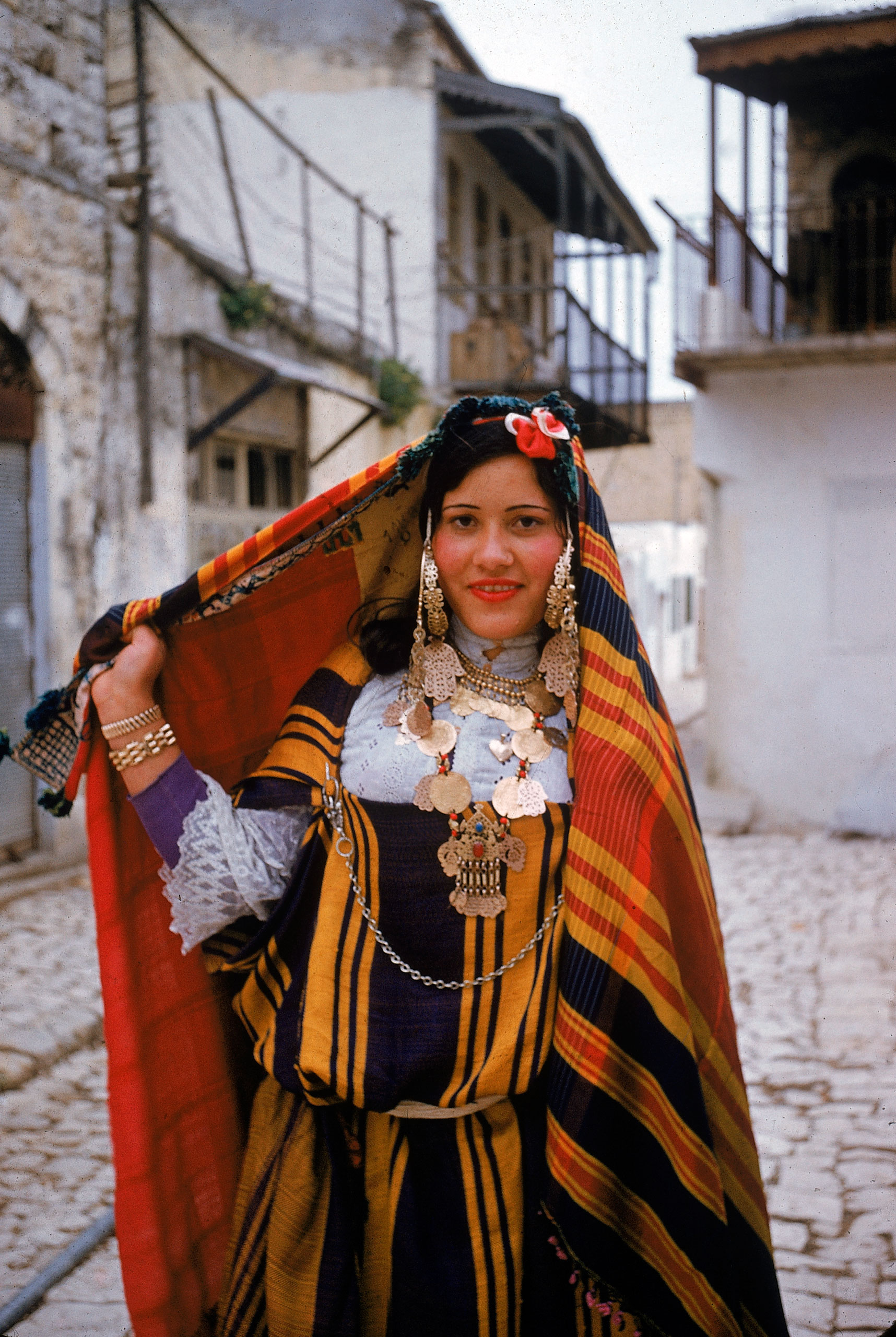

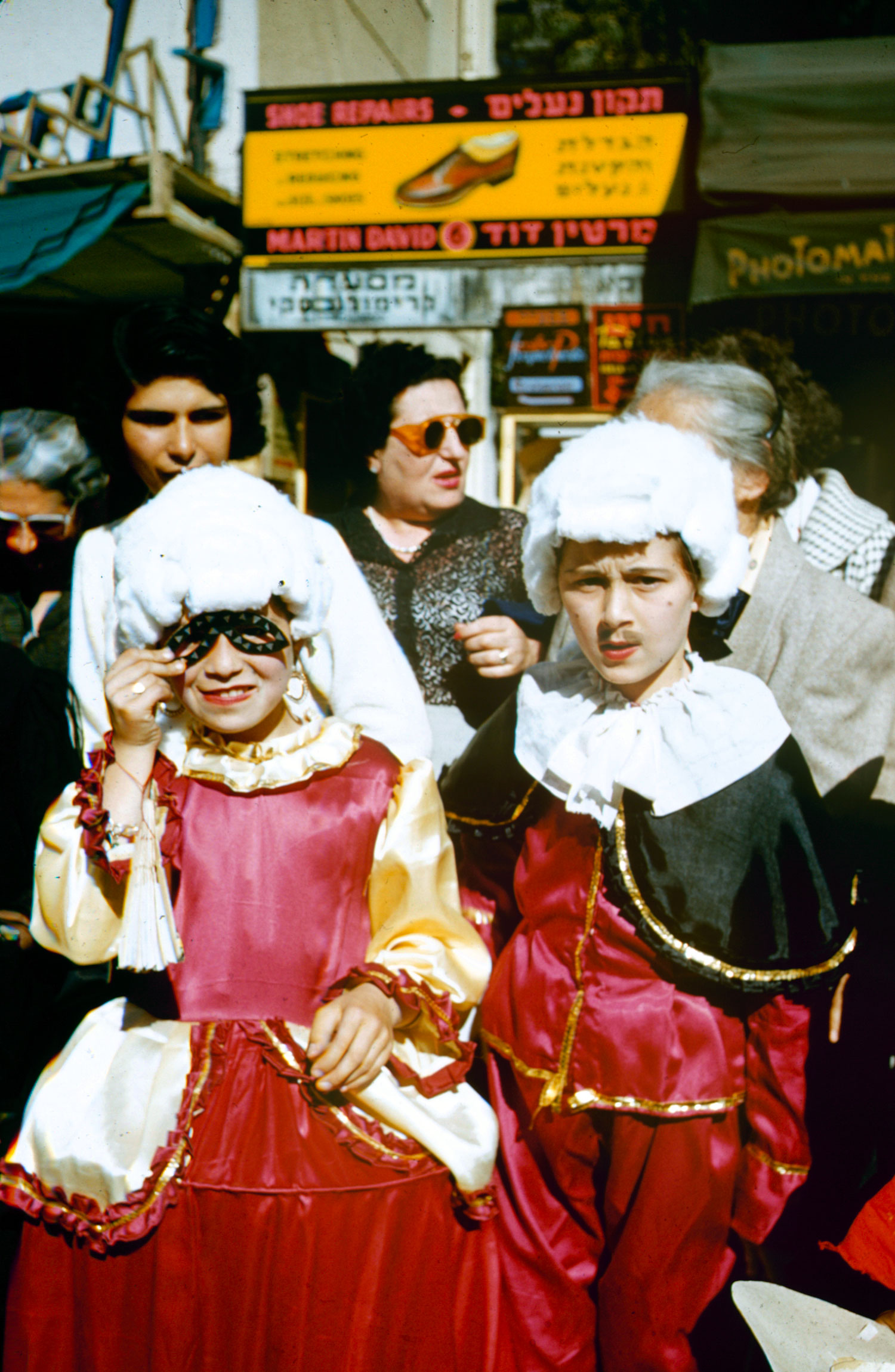
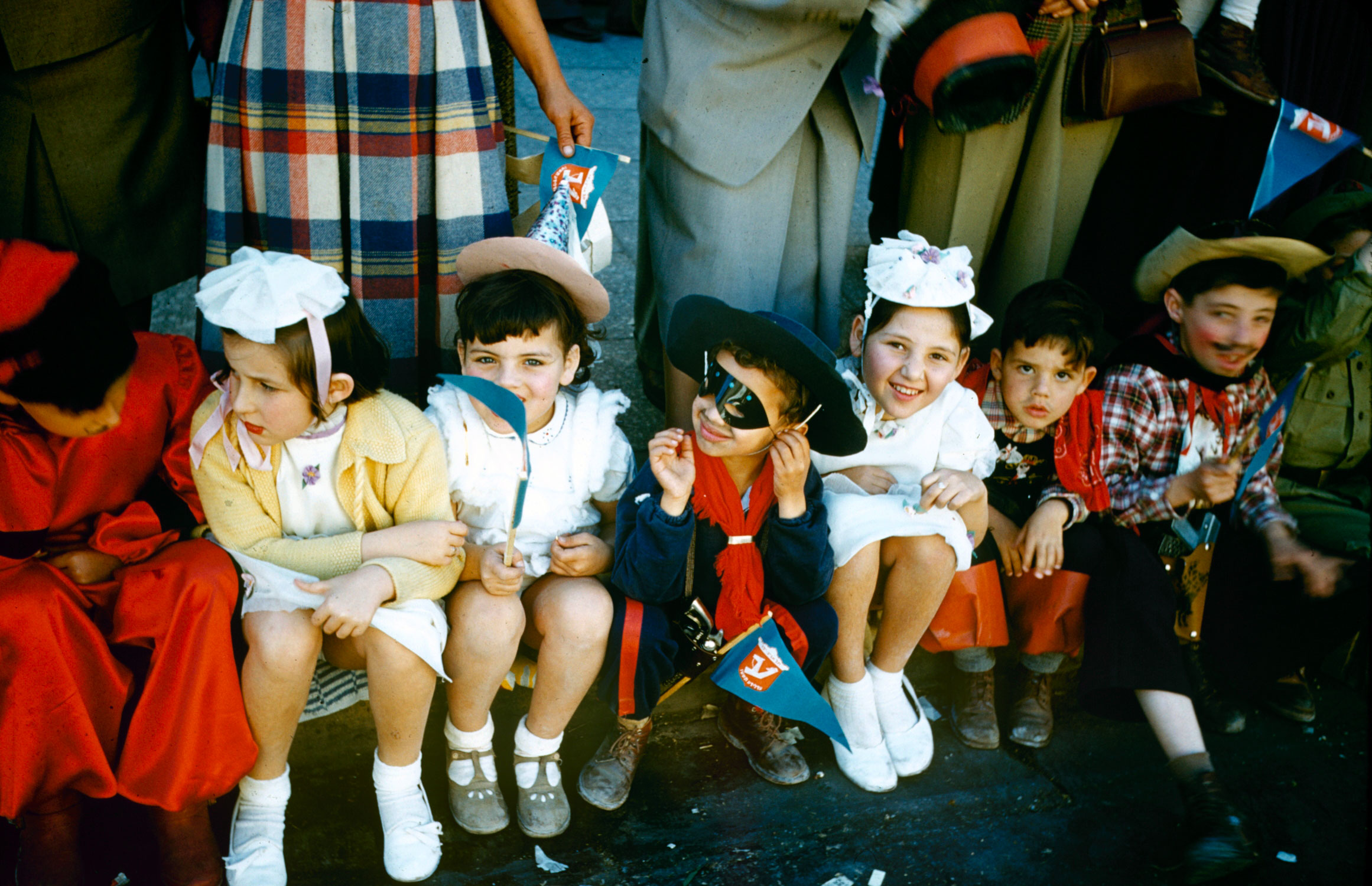




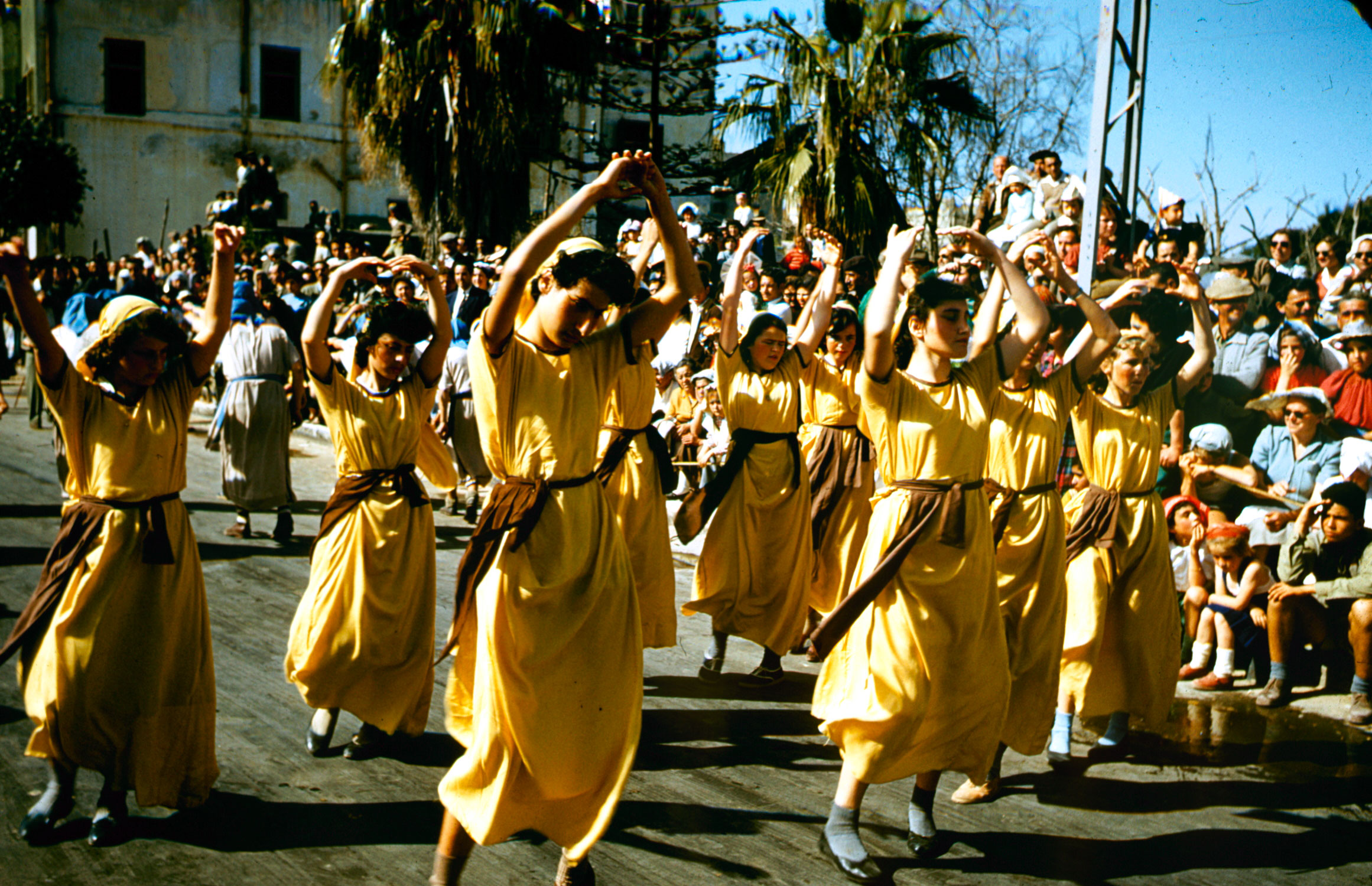

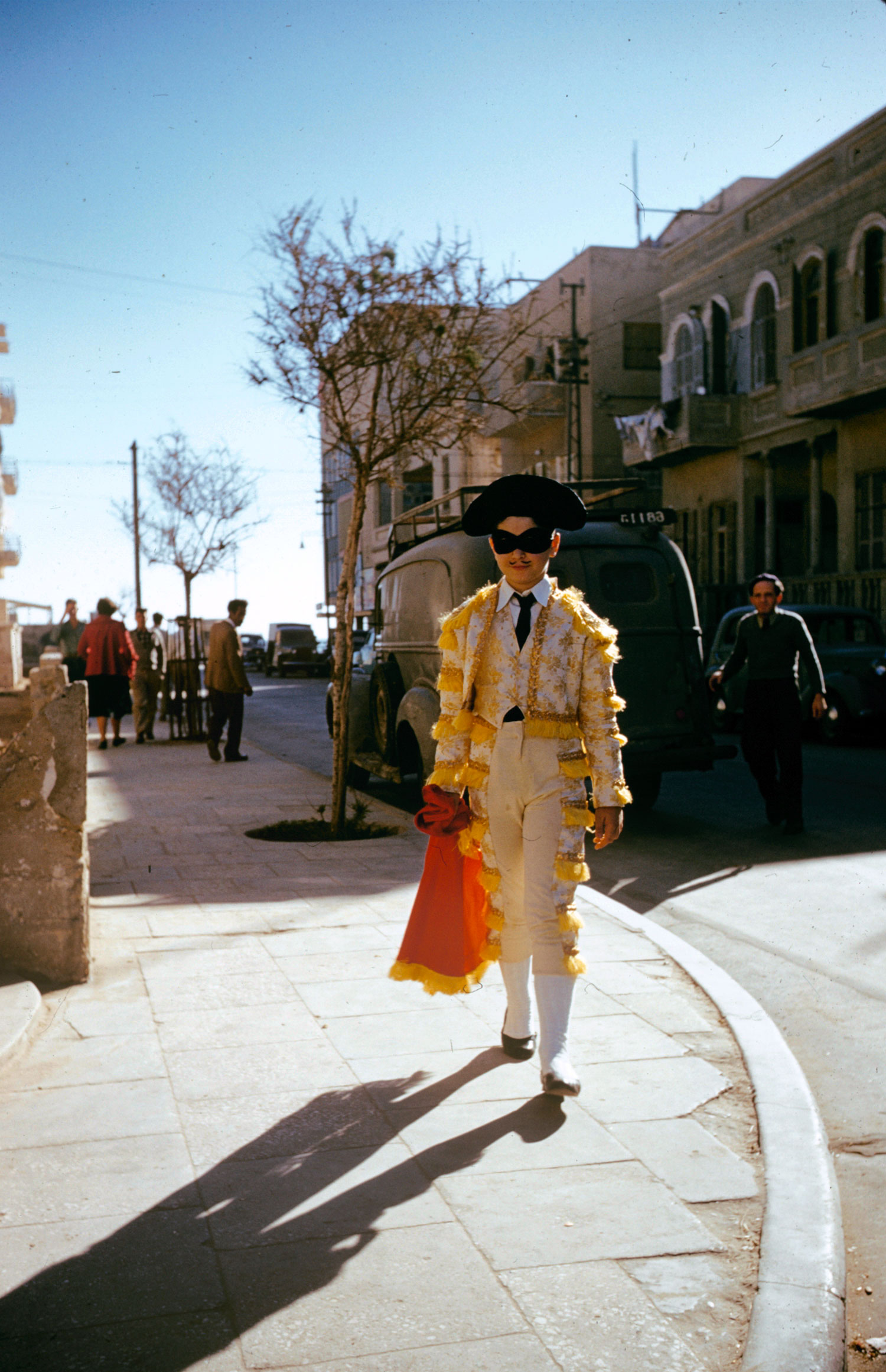
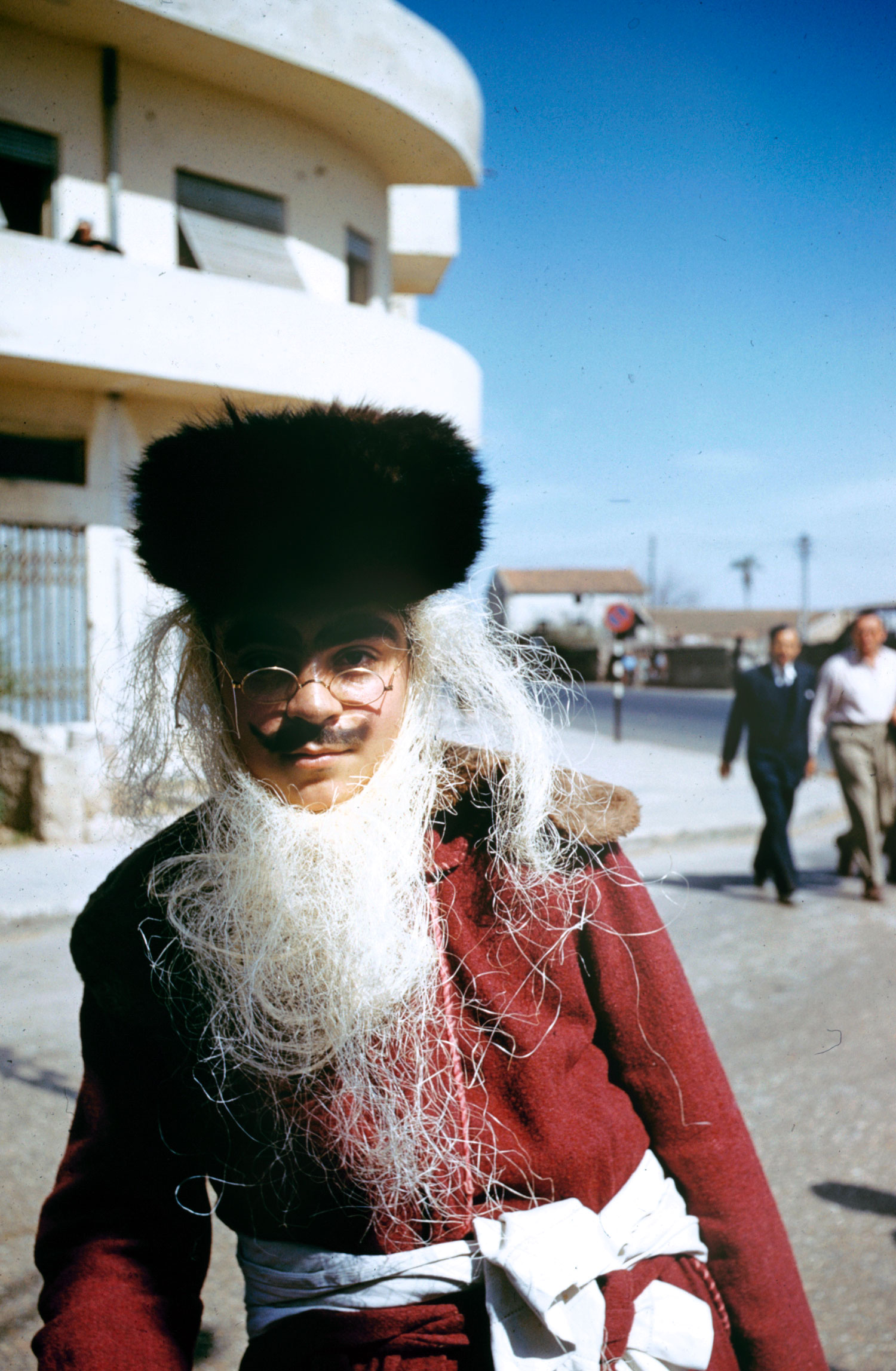

More Must-Reads from TIME
- Donald Trump Is TIME's 2024 Person of the Year
- Why We Chose Trump as Person of the Year
- Is Intermittent Fasting Good or Bad for You?
- The 100 Must-Read Books of 2024
- The 20 Best Christmas TV Episodes
- Column: If Optimism Feels Ridiculous Now, Try Hope
- The Future of Climate Action Is Trade Policy
- Merle Bombardieri Is Helping People Make the Baby Decision
Write to Eliza Berman at eliza.berman@time.com